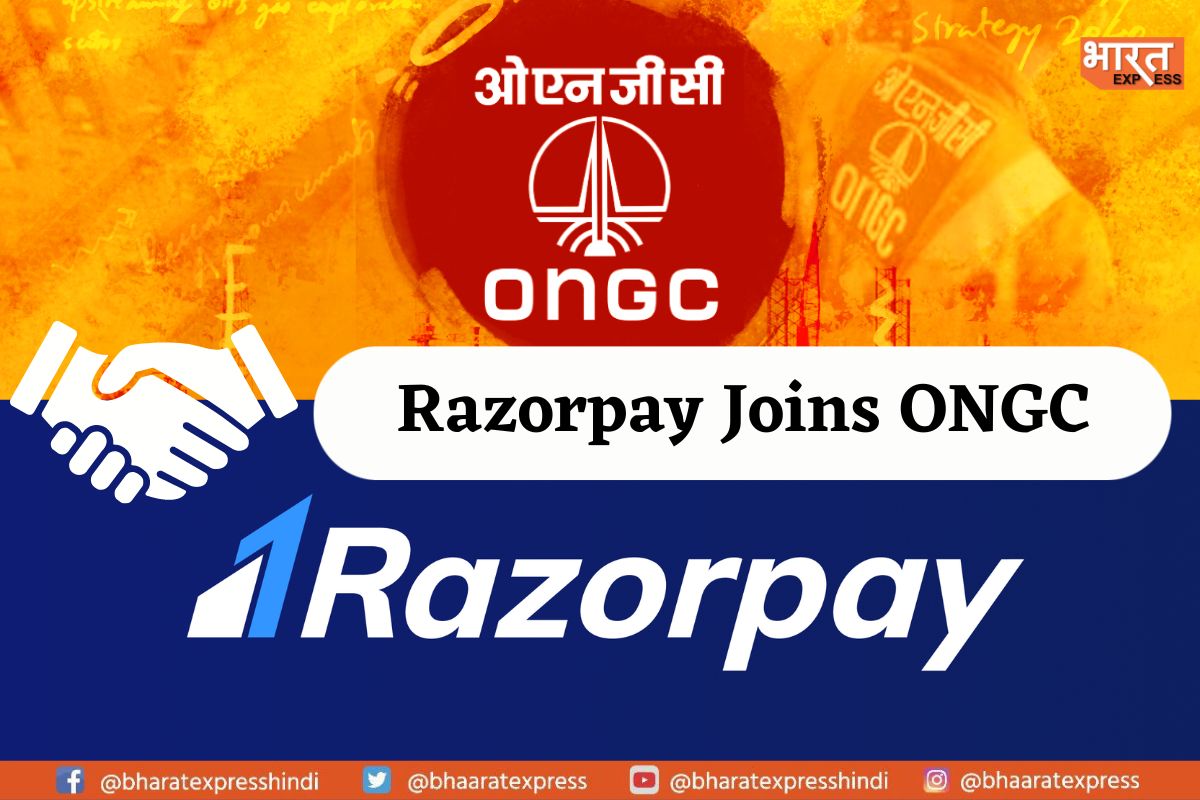
The finance technology platform Razorpay, which mostly serves companies, said that it would join the government’s Open Network for Digital Commerce (ONDC) e-commerce initiative. A payment reconciliation service will be introduced by the Tiger Global-backed payments solution provider for a number of network members, including buyers, sellers, and logistic providers.
The Bengaluru-based company claims to have over 10 million organisations, including small and medium-sized businesses, on its platform and claims that because of its history of maintaining an audit trail, it will probably be able to resolve any disagreements or discrepancies that may occur on the network.
According to Shashank Kumar, managing director and co-founder of Razorpay, the options offered by the ONDC are limitless. He believes that, from payments and compliance perspective, the payment reconciliation service will serve to strengthen the growth of ONDC’s technological infrastructure.
Speaking of, Razorpay is the second significant fintech platform to join the ONDC in the same month. Earlier this month, Walmart-owned PhonePe joined the open network, but through a different software called Pincode that was made specifically for ONDC.
What is ONDC?
For the unversed, It is an open technology network built on an open protocol that will allow any network-enabled application to identify and engage with local commerce across categories like mobility, shopping, food order and delivery, hotel booking, and travel.
Regardless of the other applications users use, the platform enables buyers and sellers to interact and conduct business online. To complete a transaction, buyers and sellers are not required to use the same platform or mobile app. They can still conduct business while using various programmes.
The advantages of ONDC include access to more customers, improved product and price discoverability, autonomy over terms due to a variety of options for being digitally visible, reduced operating costs, and more possibilities for value chain services like shipping and fulfilment.
To read more such news, download Bharat Express news apps






















